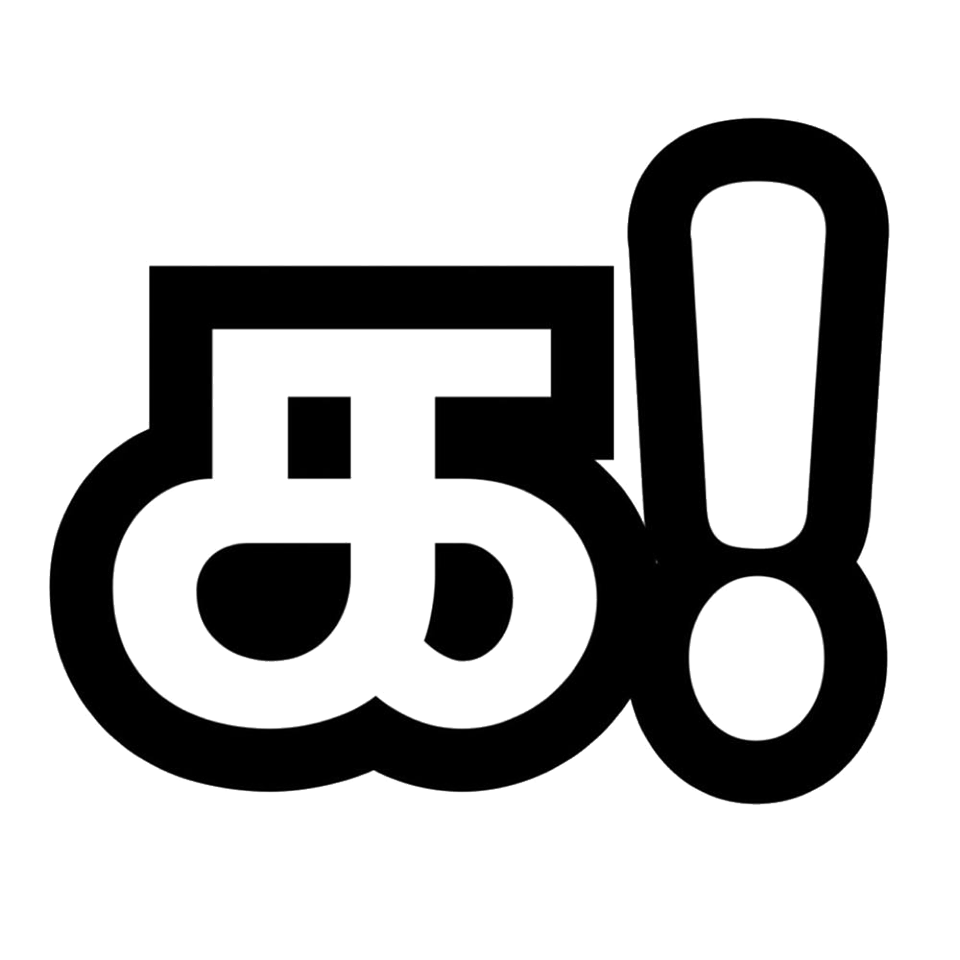
Touchscreenகளில் இரண்டு வகை உள்ளன!
- Resistive Touchscreen (RT)
- Capacitive Touchscreen (CT).
தொடுதிரைகளில் கரண்ட் conduct செய்யும் இரண்டு திரைகள் (ஒரு +ve, ஒரு -ve) இருக்கும். நம் விரல் தொட்டால் இந்த இரண்டு திரைகளும் தொட வேண்டும். Resistive touchscreenல் இந்த இரண்டு திரைக்கு நடுவில் மெல்லிய இடைவெளியில் வெறும் காற்று மட்டும் இருக்கும். Capacitive touchscreenல் இந்த இடைவெளியில் ஒரு insulator இருக்கும்.
RTல், நம் விரல்கள் அழுத்தம் நிறைய குடுக்க வேண்டும், அப்பொழுதுதான் short circuit நடந்து விரல் தொட்ட இடம் கண்டுபிடிக்கும்.
CTல் விரலை அழுத்தமாக தொட வேண்டியதில்லை. லேசாக தொட்டாலே, கையில் உள்ள சார்ஜால் தொட்ட இடம் கண்டுபிடிக்கப்படும் ( ஆம் நம் விரல்களில் சார்ஜ் இருக்கும். )
RTகள் ATM, bill machineல் use செய்கிறார்கள்!
CTகள் smartphone மற்றும் கம்ப்யூட்டரில் பயன்படுத்தபடுகின்றன.
இதை தவிர Infrared மற்றும் ஒலி அலைகள் மூலமாக தொடுதலை உணரும் திரைகளும் உள்ளன!
Commonly used touchscreens are of 2 types
1) Resistive touchscreen (RT)
2) Capacitive touchscreen (CT)
In both the types there will be 2 conducting layers (one is +ve and the other is -ve, connected in an electric circuit) beneath the top most protective layer. In RT there will be a air gap between the 2 layers and in CT there will be an insulator (similar to the construction of capacitor).
In RT We must touch the screen hard enough to make the 2 layers come in contact with each other, which makes the circuit complete and it will be sensed by the sensor to know the position of our touch and other things will be done by the processing system. (Plastic sheets with pressure sensors are also used)
In CT hard touch is not needed but the touch has to be done by a charged body like our fingers. Whenever we touch the screen by our fingers, the charges in our fingers will either repel or attract the charges in the conductive layer and this change in electric field will be sensed by the sensor to know the position of our touch.
Resistive touchscreens are now predominantly used in ATMs, billing places etc.,. where swiping or multi touch is not done.
Capacitive touchscreens are now predominantly used in smartphones and computers. Hence when you touch your smartphone by cloves or any other non-charged things, it won’t be sensed.
There are other touchscreens which use infrared and sound waves to determine the position of the touch, where the source emitting the waves and sensors to find any change in amplitude or intensity will be placed in opposite sides.





You must be logged in to post a comment.